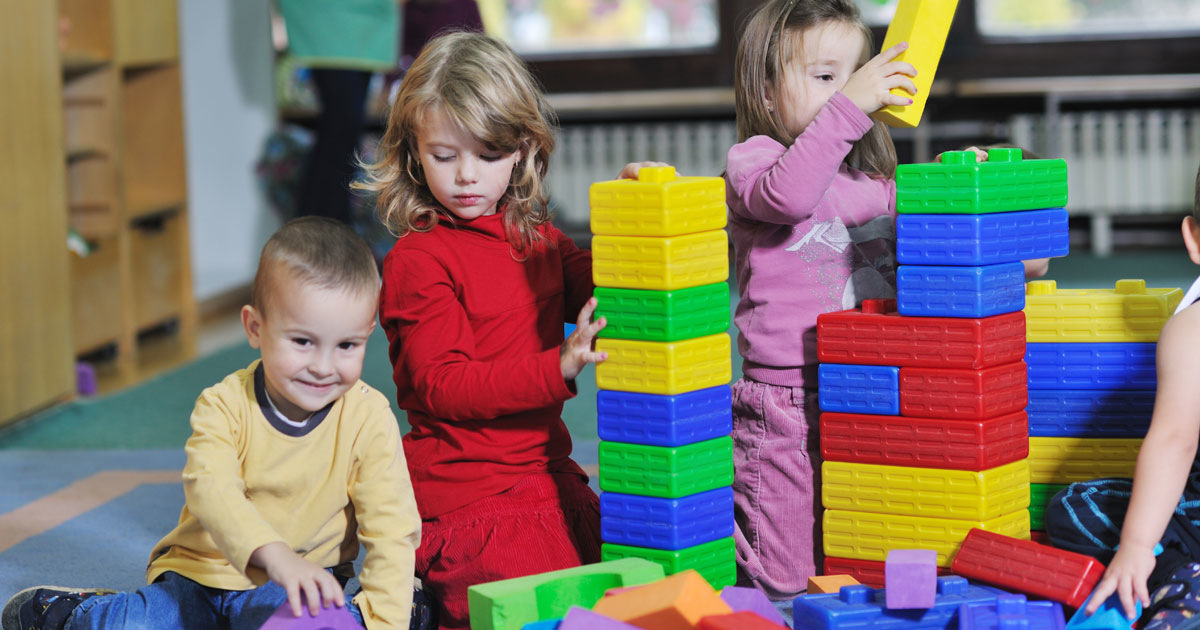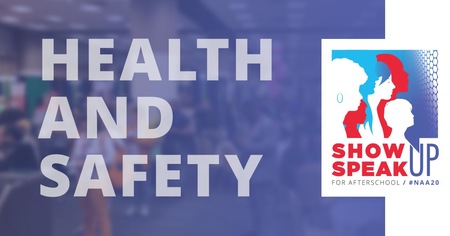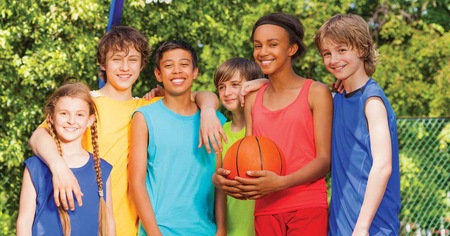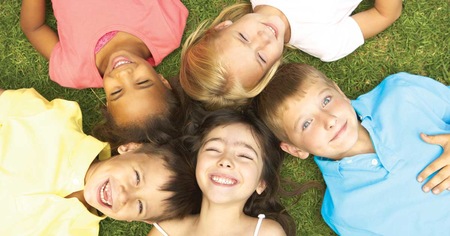With over 30 years of experience with programs and organizations serving children, youth and families, and over 10 years involved in the accreditation of afterschool programs, it's evident to me that programs try hard to focus on safety and create a safe environment for staff and for the children and youth.
Many programs easily identify obvious hazards, such as exposed wires, cords that create tripping hazards, frayed carpet edges and sharp corners.
Unfortunately, this evaluation of the environment for hazards is done when children are not present; a staff member is walking through a calm, clean, organized program where everything is in its place. Ensuring that safety goes beyond this and includes what happens—or may happen—when the program is in use and children are actively using toys and equipment while moving from one area or room to another, has to be the next step.
Considering what will happen when items are being used and the program is in session will go a long way to preventing injuries and accidents. Ask yourself a few questions:
- What furniture and toys move versus those that are stationary?
- What paths will children take from getting supplies and games from where they are stored to where they will be used?
- Are they closely stored to these areas, thus minimizing transitions and potential for running into others (e.g., when carrying heavy or sharp items)?
Having clear and consistent rules, but balanced so as not to create a rigid program, will help reduce risk. Likewise, think about traffic patterns: Where is it possible and practical to create one-way zones?
Studies show that approximately 95 percent of children's accidents and injuries are preventable. When children are in your program, it is your responsibility to ensure their safety and to create an environment that minimizes the potential for accidents.
How does your program measure up? Do you track incidents, accidents and injuries? (The National Accreditation standards require that this be done.) The Council on Accreditation, which oversees the national accreditation for afterschool programs, has a section covering Risk Management and Review (CYD-AM 6). This is an excellent resource for practices that will help you monitor, identify and address risk areas that may not be as readily evident as others.
As an example, the more specificity that staff put in their injury or accident reports, the better the program will be able to respond appropriately and put measures or corrective action in place. This will reduce risk and make the program even safer for the children and staff.
Written by Jim Murphy, Chief Program Officer, CypherWorx and one of NAA's Most Influential in Afterschool.
CypherWorx offers training that focuses on creating and maintaining a safe environment for children and youth in afterschool programs. More information about this and other high-quality, affordable and easily accessible courses can be found online at https://collabornation.net/ostpd.




